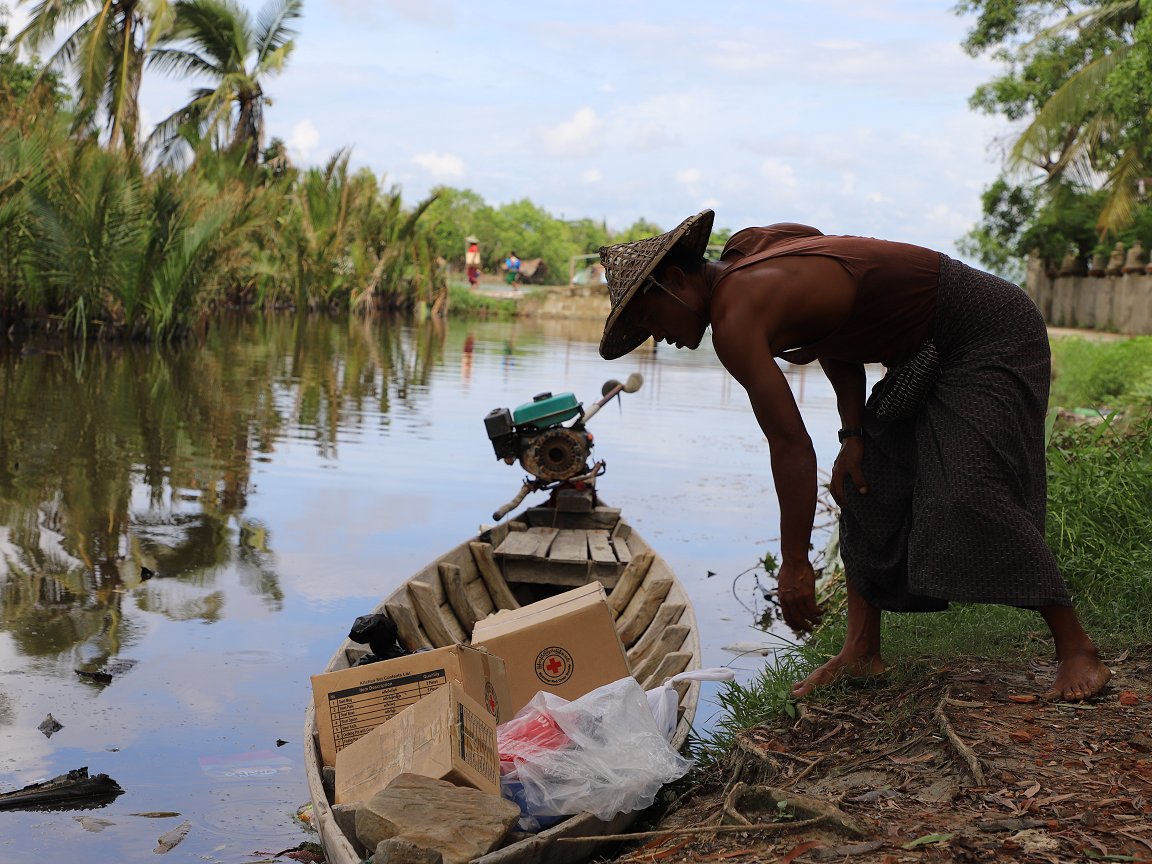
Now Asia: Water-related hazards top threat but extreme heat is becoming more severe, says WMO

By the Climate Centre
Floods and storms in Asia caused the largest number of reported casualties and economic losses but heatwaves became more severe, according to the State of the Climate in Asia 2023 report from the World Meteorological Organization published Tuesday.
The report highlights “the accelerating rate of key climate change indicators such as surface temperature, glacier retreat and sea-level rise, which will have major repercussions for societies, economies and ecosystems in the region,” a WMO press release said.
Asia is now warming faster than the global average and the trend there has nearly doubled since the 1961–90 reference average.
The temperature over Asia last year was the second highest on record: 0.91°C above 1991–2020; especially high temperatures were recorded from western Siberia to central Asia and from eastern China to Japan, while Japan and Kazakhstan each had record warm years.
‘Early warning and better preparedness saved thousands of lives’
The Bangladesh Red Crescent Society last Sunday for the first time activated its early action protocol for heatwave, enabling anticipatory actions in the capital, Dhaka, for people at risk before the worst impacts of current extreme heat are felt.
WMO Secretary-General Celeste Saulo described the report’s conclusions as sobering: “Many countries in the region experienced their hottest year on record in 2023, along with a barrage of extreme conditions, from droughts and heatwaves to floods and storms.
“Climate change exacerbated the frequency and severity of such events, profoundly impacting societies, economies, and, most importantly, human lives and the environment that we live in.”
Despite the growing health-risks posed by extreme heat, heat-related mortality is frequently not reported, the report adds.
‘Prolonged heatwave’
Among those countries experiencing extreme heat in 2023, Japan saw its hottest summer on record, while about 70 per cent of China’s meteorological stations recorded temperatures above 40°C, and 16 of them set new records.
In India, severe heatwaves in April and June resulted in more than 100 reported deaths due to heatstroke, while a “major and prolonged heatwave affected much of South-East Asia in April and May, extending as far west as Bangladesh and Eastern India, and north to southern China”.
Armida Salsiah Alisjahbana, Executive Secretary of the Economic and Social Commission for Asia and the Pacific, which jointly produced the report with WMO, said Tuesday: “Yet again, in 2023, vulnerable countries were disproportionately impacted. For example, Tropical Cyclone Mocha, the strongest cyclone in the Bay of Bengal in the last decade, hit Bangladesh and Myanmar.
“Early warning and better preparedness saved thousands of lives [and ESCAP and WMO] will continue to invest in raising climate ambition and accelerating the implementation of sound policy, including bringing in early warning for all in the region so that no one is left behind.”
The Asia report is one of a series on the state of regional climates, based on input from national agencies, UN partners and climate experts; earlier this week, in its report on Europe, the WMO said heat-related deaths there have increased by around 30 per cent in the past two decades.
Cyclone Mocha affected more than 1 million people in Myanmar last year and nearly 1,000 Myanmar Red Cross Society volunteers and staff were engaged in relief operations (pictured, an MRCS Mocha beneficiary). Mocha is one of the extreme events highlighted in the State of the Climate in Asia 2023 report, and it made landfall as the strongest cyclone for a decade. (Photo: Myanmar Red Cross via IFRC)